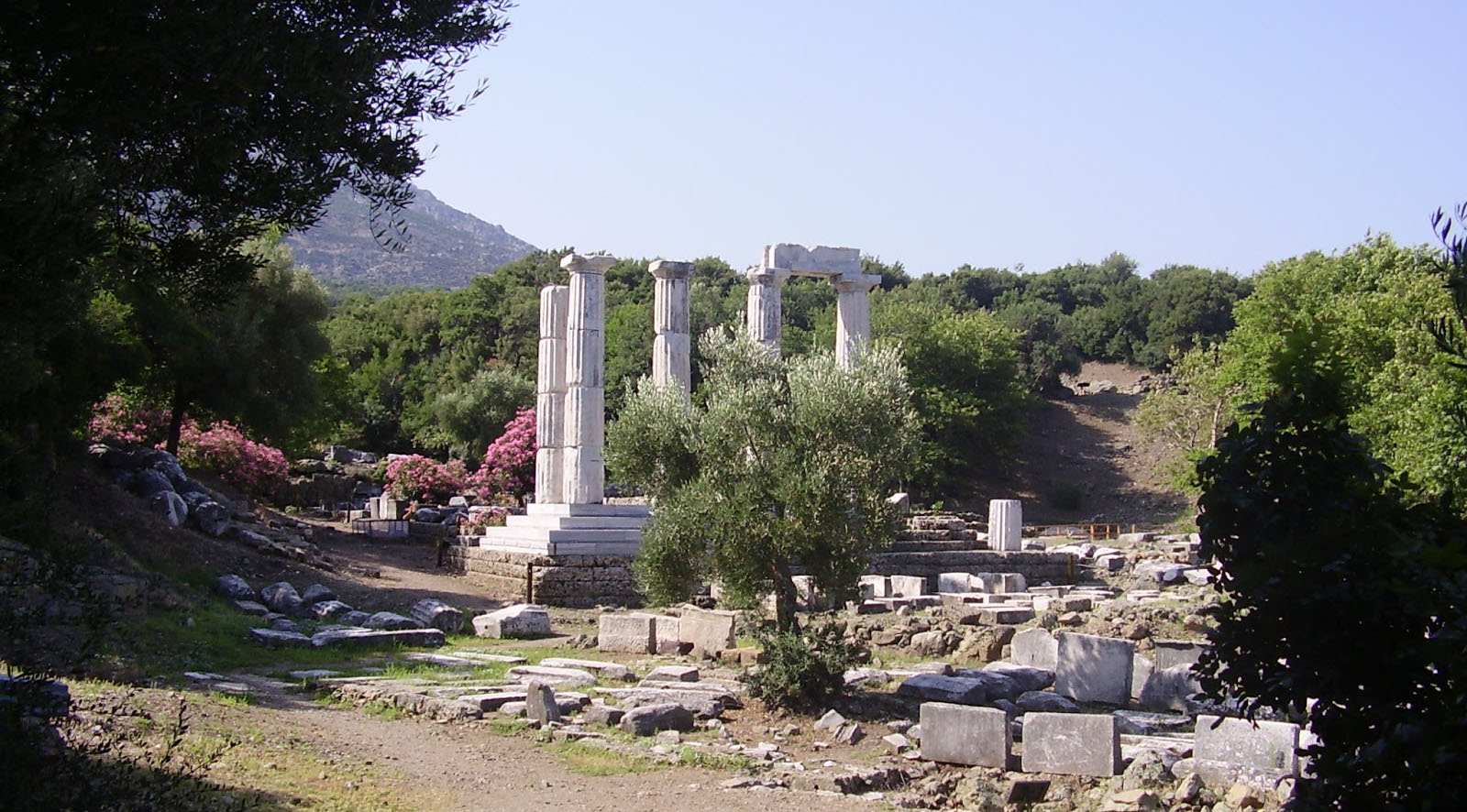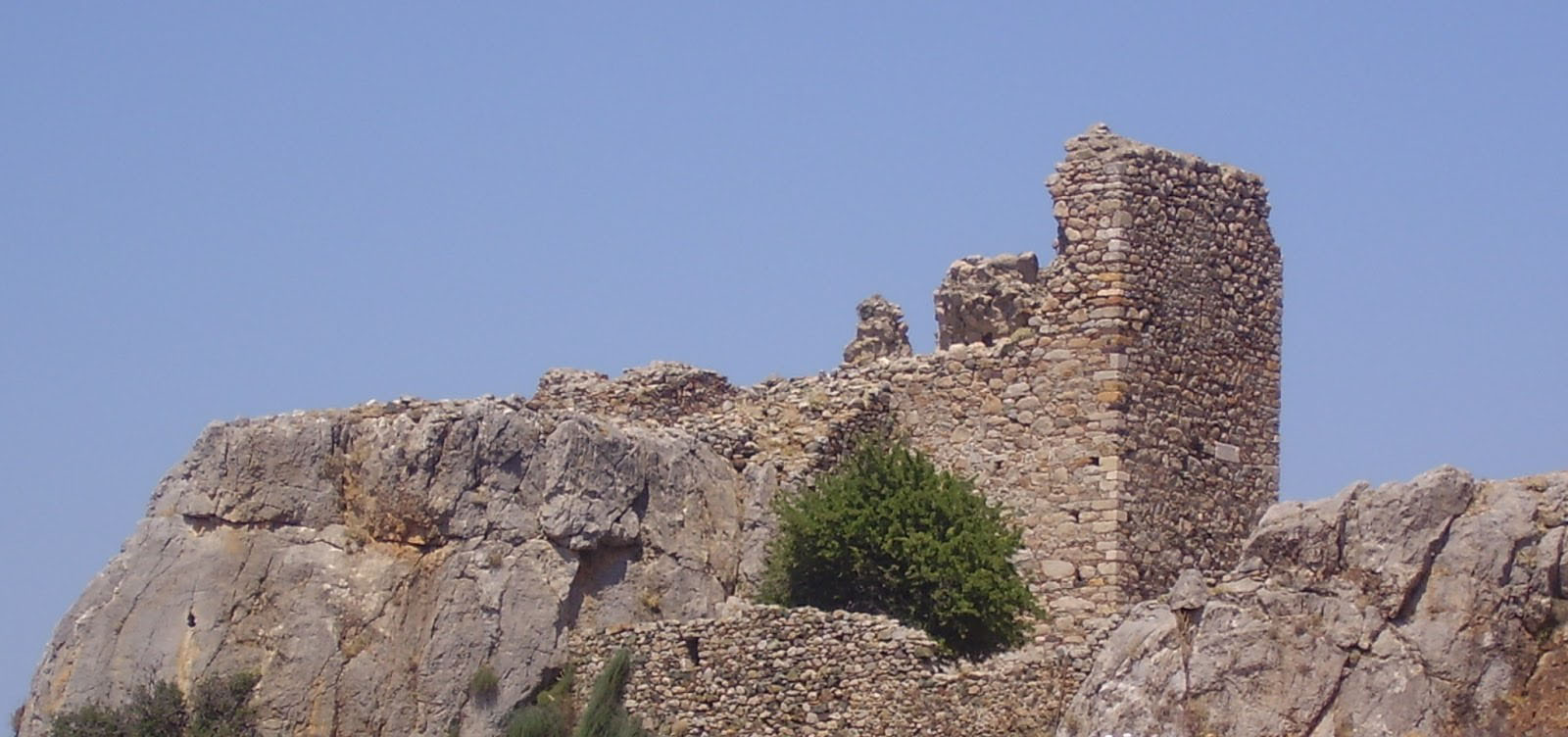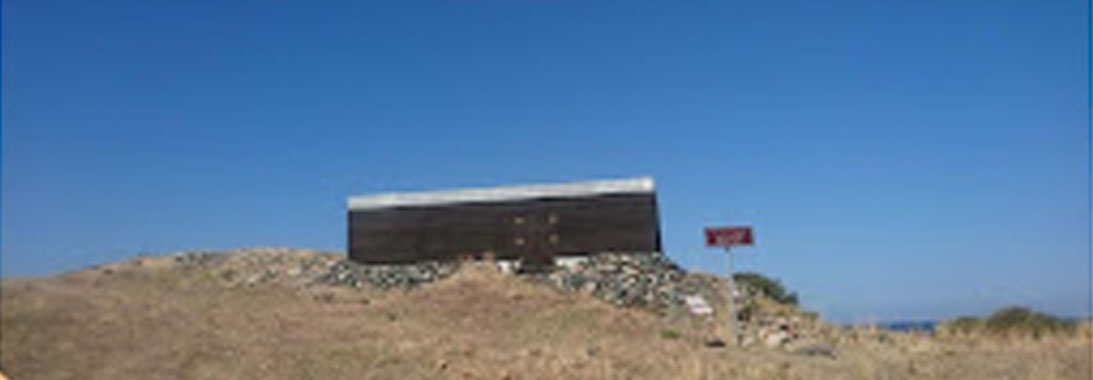
Archaeological Site of Paleopolis
Paleopolis
Archaeological Site of Paleopolis, Sanctuary of the Great Gods.
Samothraki is an island rich in history and culture, with a heritage that spans thousands of years. According to archaeological findings, the first inhabitants of Samothraki had established trade relations with Minoan Crete. Around 700 BC, Greek tribes colonized the island, which became known for the mysterious worship of the Great Gods or Kabeiroi. The Sanctuary of the Great Gods in Palaeopolis was one of the most important religious centers of antiquity, attracting visitors from all over Greece. During the Hellenistic period, the sanctuary was particularly prominent, thanks to the patronage of the Macedonian royal family, who contributed to its development. Significant artifacts from ancient Samothraki are displayed in the island's Archaeological Museum, which was recently renovated.
In addition to ancient monuments, Samothraki also features monuments from the Early Christian and Byzantine periods. The ruins of the Genoese Gattilusi castles, the Monastery of Christ, and the chapel of Panagia Krimniotissa bear witness to the island's long history. For more information on visiting these sites, you can visit the official website of the Antiquities Authority of Evros for details on opening hours.

Paleopolis
Archaeological Site of Paleopolis, Sanctuary of the Great Gods.

Chora
The Castle of Chora in Samothrace has a rich history. It was built by the Genoese ruler Palamedes Ga

Alonia
prehistoric settlement, known as Mikro Vouni